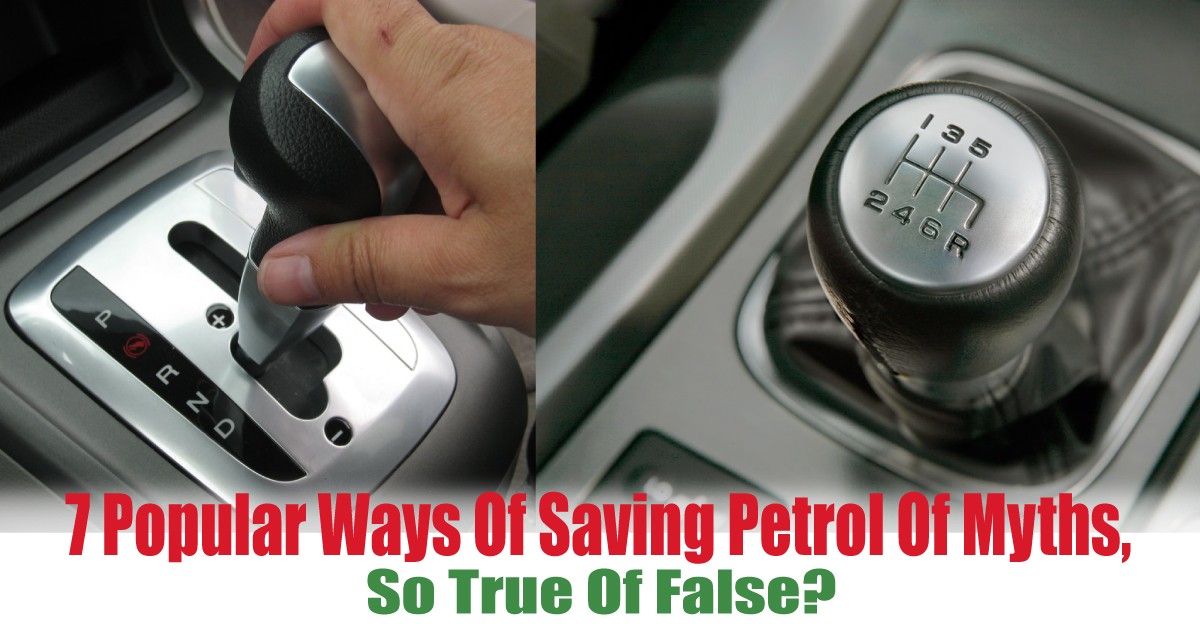
7 Popular Ways Of Saving Petrol Of Myths, So True Of False?
We know that we just love to find outsource to save more fuel when it comes to saving more petrol but due to there are so many ways we know under our sleeve, so which one is true and which one is false?
MYTH #1: It needs more fuel to restart your car than to keep it running
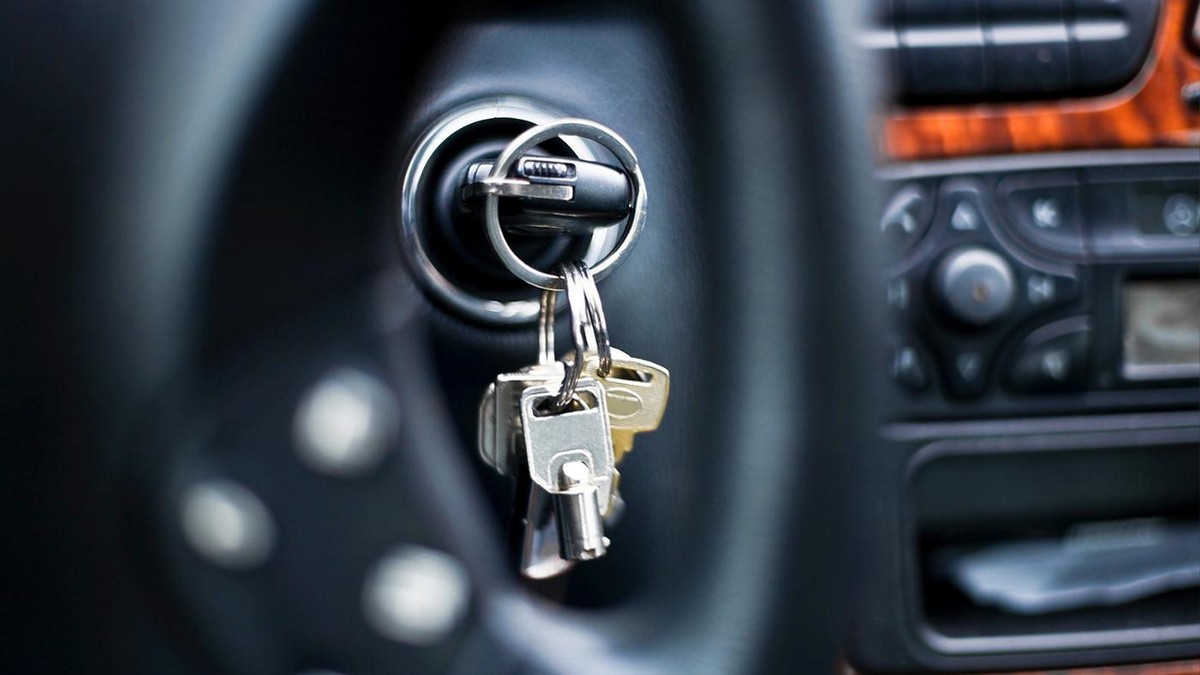
Image via Replace Car Key
TRUTH: Leaving your engine running while your car is idle actually uses up more petrol than it is required to restart it.
According to the Environmental Defense Fund, a US-based non-profit organisation, you should turn off your car ignition if you’re waiting more than 10 seconds. The fuel consumed in 10 minutes of idling varies between 1/3 and 1/2 of a litre depending on your particular vehicle. Today’s vehicles with fuel injection and electronic ignition start more easily and suffer far less wear and tear on the engine components.
MYTH #2: Coasting in neutral gear helps save petrol
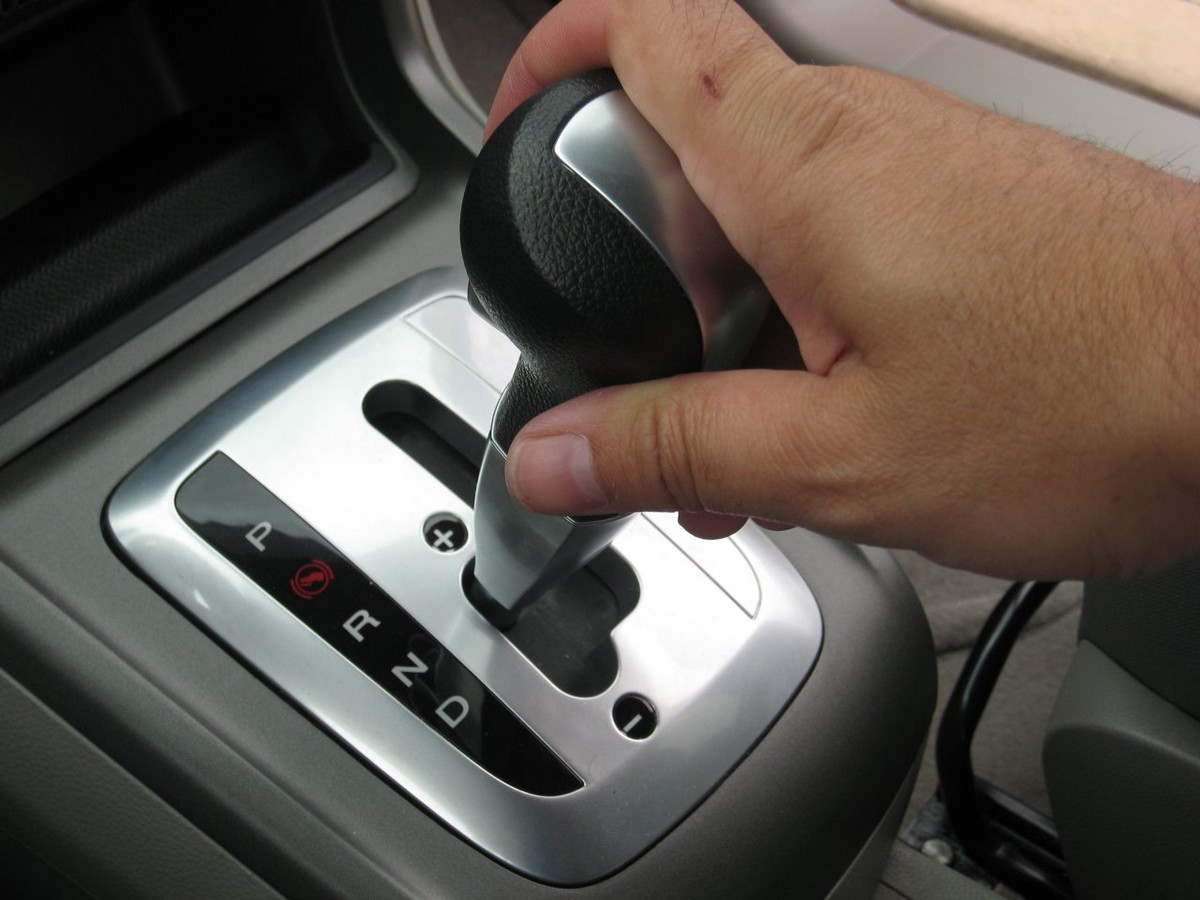
Image via Quora
TRUTH: It’s true that when you place your car in neutral, the engine is idle and consumes a minimal amount of petrol. But, as you approach the stoplight or destination you are coasting to, the engine begins to work harder to keep the vehicle from stalling.
Every time you are in neutral, the wheels will not turn the engine, so the engine has to send fuel to the combustion chambers to maintain idle RPM so that the engine doesn’t stall.
MYTH #3: Air conditioner doesn’t consume petrol
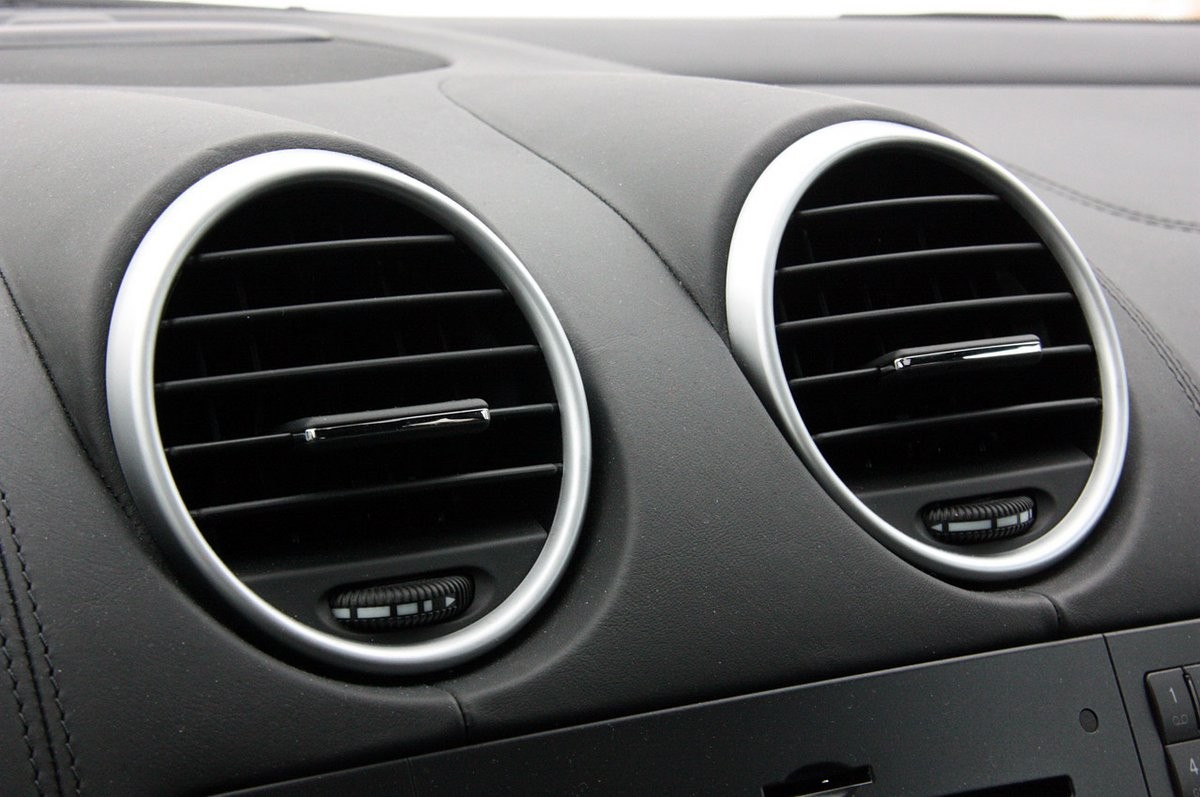
Image via Servicing Your Car Tips
TRUTH: According to Natural Resources Canada, most vehicle air conditioners require engine power to operate. Of all auxiliary power requirements, air conditioner use has the greatest impact on fuel consumption.
Using the air conditioner can increase fuel consumption by up to 20% because of the extra load on the engine. The load depends on the vehicle’s interior size, the outdoor temperature, and other operating conditions.
MYTH #4: Cars with manual transmission consume less petrol
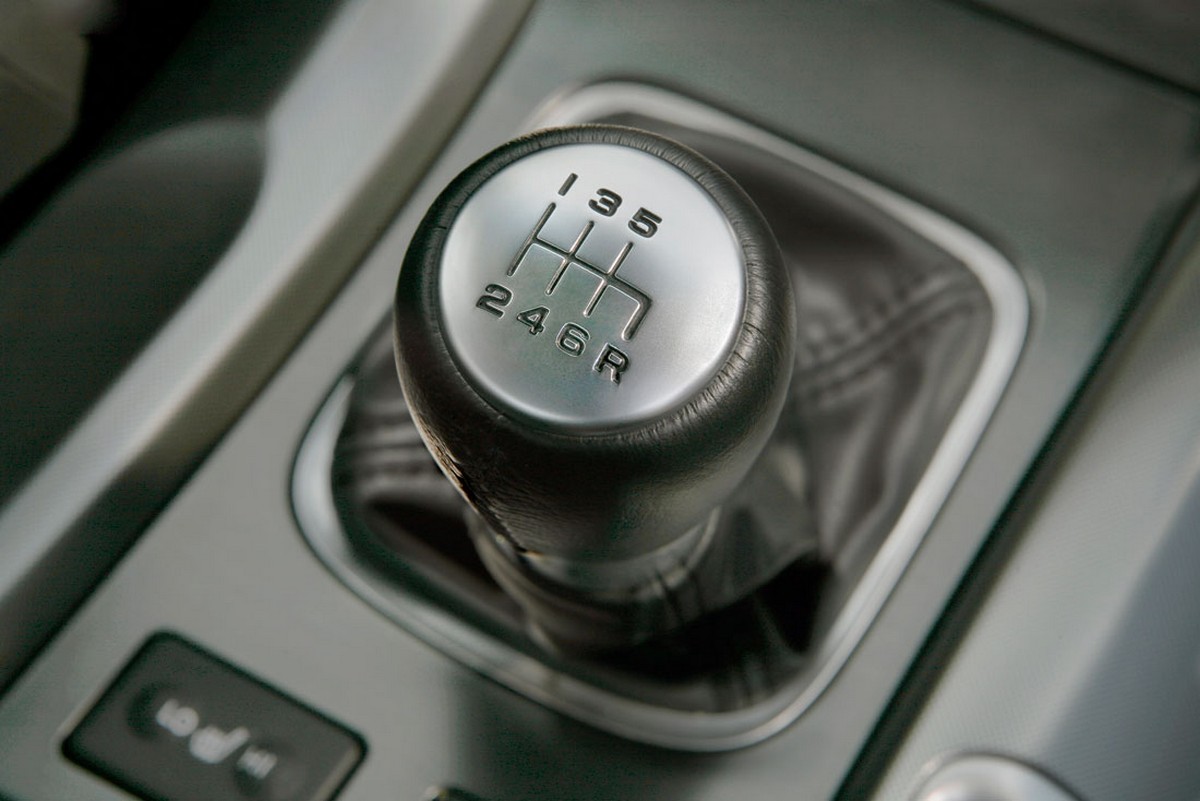
Image via AutoFreaks
TRUTH: In the past it was pretty much a given that cars with manual transmissions would be more fuel efficient than their automatic counterparts. But as automatics become more advanced and gain additional gears, they are often now overtaking manuals in terms of fuel economy.
MYTH #5: Cruise control helps save petrol

Image via Hi-Tech Car Sound
TRUTH: Cruise control is designed to maintain a constant speed. While that might be true on flat roads, rapid and sudden acceleration on hilly roads burns out a lot of fuel.
If you’re planning to use cruise control, be cautious and anticipate an upcoming incline. You should apply pressure to the gas pedal slowly as needed to maintain speed without the sudden engine revs caused by cruise control.
MYTH #6: The smaller the car, the lesser the petrol consumption

Image via Autobytel
TRUTH: A popular belief from the early days of compact cars is that smaller cars get better gas mileage. With today’s technology, a car’s under-the-hood performance, materials, and body design determine efficiency, not its size.
Technology such as turbochargers, diesel engines, and low-rolling-resistance tires enable standard-sized cars to compete on fuel efficiency.
The way to find a more fuel-efficient car is to compare the specifications of the vehicle that meet your needs in all areas instead of making assumptions based on size.
MYTH #7: Petrol consumption increases when a car ages

Image via Avax News
TRUTH: As long as your car is well maintained, fuel consumption should stay the same or at the very least, experience slight changes.
“Barring normal wear of internal engine parts at very high mileage, there is no reason why a properly maintained engine won’t deliver the same fuel economy over its operating life,” says Tony Molla, spokesman for the National Institute for Automotive Service Excellence in the US.
Regular maintenance will keep your engine running at peak efficiency. That means you should replace parts such as spark plugs before problems occur.

